Homeowner Newsletter: Summer 2014
©2014 Jeffrey C. May
Pests that are found in people’s homes can have a negative effect on the indoor environment.
Mice impart unpleasant odors if they die inside wall or ceiling cavities. In addition, a recent medical study concluded that elevated levels of mouse allergens indoors can lead to increased asthma symptoms. If you see reddish-colored mouse urine trails in your home, call a pest control operator (PCO). Just laying traps isn’t sufficient. You want to prevent the mice from entering your home in the first place, rather than catch them after they’ve moved in. Look carefully around the exterior for any gaps or openings that could be rodent pathways. Seal these openings with mesh and foam, wood, or masonry as appropriate. Any surfaces that contain mouse urine or droppings should be disinfected.
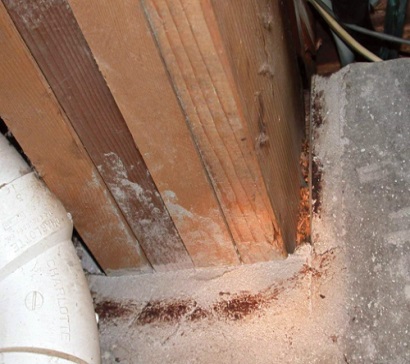
Where there are mice, shrews may follow. These small animals eat only meat, including mice. In the last five years, the number of calls we have received about shrews has increased dramatically. Shrews and their festering piles of fecal matter and urine emit unpleasant chemical odors that can make a house uninhabitable. Shrews look at little like mice, but have claws and longer snouts.
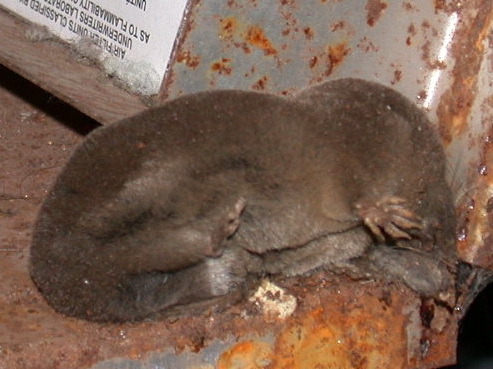
If you think you have a shrew infestation, you can try to catch these pests with a mouse trap, but you must use beef jerky rather than cheese or peanut butter as bait.
Asian ladybugs may look cute, but they leave red stains and smell terrible when they’re crushed. In addition, there is cross-reactivity between Asian ladybugs and cockroaches, so someone exposed to the droppings of one of these pests can become allergic to both. If you see these ladybugs on the exterior or interior (near windows, for example), vacuum them up rather than crush them.

Moths also produce potentially allergenic fecal matter. Wool moths not only nibble on sweaters; they can infest wool carpeting. If you move into a new home and suspect that the wool wall-to-wall carpeting might be infested with wool moths, get rid of the carpeting. There are also flour moths to consider. You may see these small insects fluttering around your pantry or kitchen. Be careful when buying grains that are stored in open bins. If you see thin web-like strings inside cardboard boxes, throw the boxes away. Clean all your cans and pantry shelves, and keep open foods in tightly lidded plastic boxes. (See my book My House is Killing Me! for advice on dealing with flour moths.)
House dust mites are a well-known trigger for allergy and asthma symptoms.

That’s why it’s a good idea to encase box springs, mattresses and bed pillows in dust-mite covers – preferably the kind with polyurethane liners. You can put quilts, blankets and even stuffed animals in a dryer on low to medium heat for 10 to 15 minutes every few weeks. This will kill any dust mites present and denature some of their allergens.
Dust mites can inhabit oft-used, feather filled goods; in addition, feather fragments can be irritating to inhale. Some feathers emit bird bloom, which has been associated with a potentially life-threatening illness called hypersensitivity pneumonitis. This is why I discourage families with allergies and/or asthma to own feather-filled furniture and bedding. Such families should also avoid owning pet birds, including parakeets (“Bird Keeper’s lung without bird keeping,” Greinert U et.al.; “Bird antigen persistence in the home environment after removal of the bird,” Craig TJ et. al.).
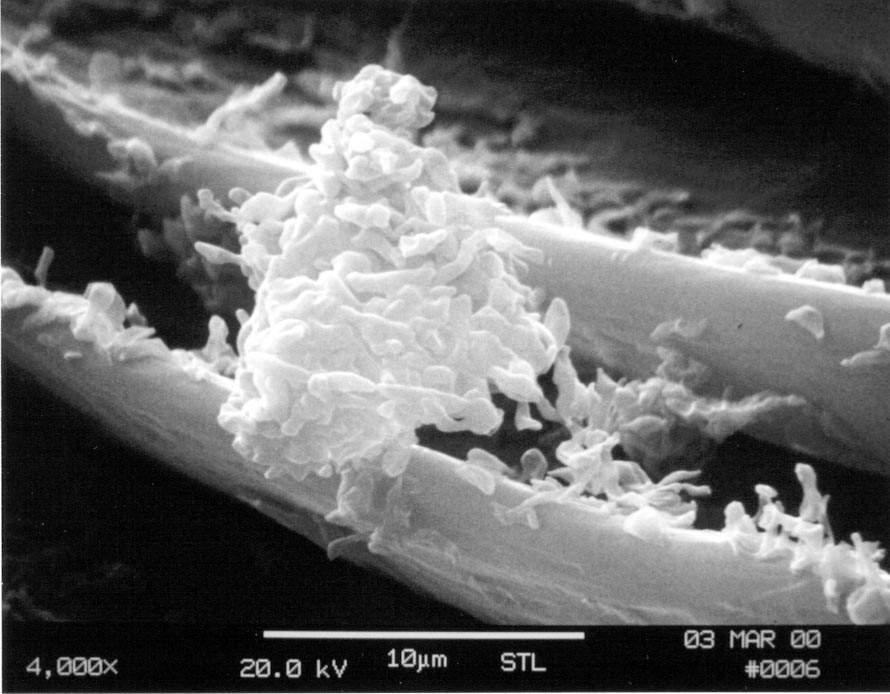
Cats and dogs can be problematic for families with allergies and/or asthma. Even if no one in the family has pet allergies, such animals are living dust mops, and so can carry pollen and other allergenic material into the house. If a cat or dog goes down into a musty basement, the animal can also carry mold spores upstairs.
I did one investigation in a house in which I found Penicillium mold spores in the basement. I found the same mold spores on a bed pillow in the master bedroom. The homeowner kept the kitty litter box in her musty basement, and the cat used to cuddle next to her on the bed. That cat offered her a lot more than affection, that’s for sure! If you have pet allergies, it’s best not to own a cat or dog. If you have a beloved pet, however, keep the animal out of musty spaces, and don’t let the animal sleep in your bedroom.
This brings me to the topic of dog beds. Some people buy expensive, cushioned pet beds for their dogs, and then don’t clean the beds or replace the beds as often as they should. Such a bed can become infested with dust mites, and then the dog carries dust-mite allergens in its fur or hair – not healthy for you, and not healthy for your dog (dogs can get asthma from exposure to the mite allergens). Clean the dog bed as directed, if not more frequently. Consider using a blanket for a dog bed, and wash the blanket on the same schedule as you wash your own bedding.
Some parents of children with allergies or asthma choose to have fish tanks as a safer alternative to a pet cat or dog. Think again.

A retired surgeon hired me to investigate conditions in his home, because whenever he spent time in his den, his eyes watered and his nose ran. “I couldn’t have operated on patients,” he said to me, “if I’d had this problem back then.” He had two fish tanks in the room. The tanks were full of beautiful tropical fish, and were lovely to look at. He spent a lot of time looking after the fish and the tank, but when he fed the fish, some of the fish food spilled out over the tank cover. Fish food flakes are protein: welcome food for dust mites. And all that warmth and moisture! Dust mites were crawling on the cover, and when the homeowner lifted the cover to feed the fish, he was exposed to dust-mite allergens.
I don’t like to see fish tanks in children’s bedrooms. If fish tanks are kept in bedrooms (or even classrooms), however, the tanks should be maintained scrupulously clean at the exterior.
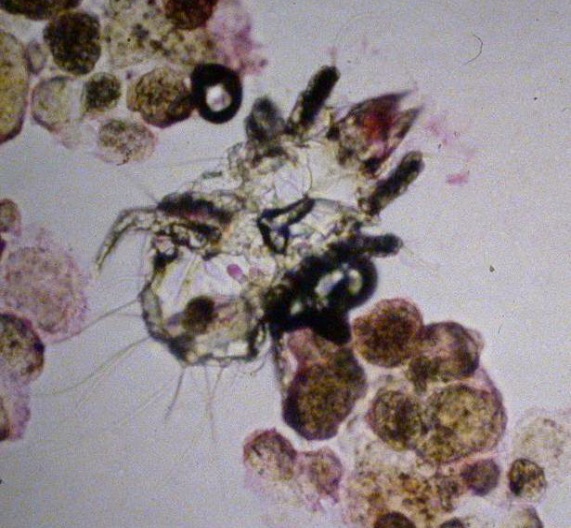
What if you and your family move into a new home, and you begin to experience allergy or asthma symptoms? You may have pet allergies but have never owned a pet. You may have dust mite allergies but have always been careful about having dust-mite covers on your mattresses and bed pillows. What might be the problem?
If a previous owner had a cat, dog or bird, the pet dander is most likely still be in the house – in the dust on radiators, on baseboard heating convectors, or in heating and/or cooling ducts. The pet dander could be in wall-to-wall carpeting, which could also contain dust-mite allergens.

Surfaces in the house should be thoroughly cleaned before you move in. Radiators should be HEPA vacuumed and treated with steam vapor (not the same as steam cleaning). Baseboard heating convectors should be similarly cleaned, which will necessitate removal and cleaning of the covers. Metal ducts should be professionally cleaned; flexible ducts may have to be replaced. Any wall-to-wall carpeting should be removed. If there is only subfloor beneath, the plywood should be painted before new carpeting or other flooring is installed. Don’t leave carpeting in hallways or on stairs (including stairs leading from the first floor to the basement); this carpeting, too, might be contaminated with dust-mite and pet allergens.
And remember, people can carry pet and dust-mite allergens on their clothing and hair, so if you are sitting in a public place next to someone and you start to cough, find another seat.
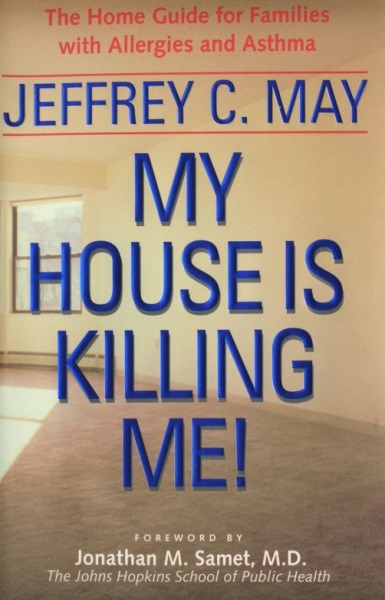
Refer to my book My House is Killing Me! The Home Guide for Families with Allergies and Asthma further guidance (available on amazon.com).
My book Jeff May’s Healthy Home Tips also offers guidance to help you maintain a healthy indoor environment.
